For the next several weeks, we’ll look at report cards from around the world.
 ~ Report Cards, Eh? ~
~ Report Cards, Eh? ~
~ 8 th Stop ~ Ontario ~
.
.
 The most populated province in Canada, Ontario has a multicultural background with relatively high immigration rates. The largest minority groups in Toronto include South Asians, Chinese, African Canadians, Latin Americans and Aboriginal peoples. Unlike most other national public systems, Ontario has four publicly funded school systems: English-language schools, French-language schools, English-language separate schools (“separate” refers to the inclusion of religious studies), and French-language separate schools. The Canadian educational system has a great reputation all over the world.
The most populated province in Canada, Ontario has a multicultural background with relatively high immigration rates. The largest minority groups in Toronto include South Asians, Chinese, African Canadians, Latin Americans and Aboriginal peoples. Unlike most other national public systems, Ontario has four publicly funded school systems: English-language schools, French-language schools, English-language separate schools (“separate” refers to the inclusion of religious studies), and French-language separate schools. The Canadian educational system has a great reputation all over the world.
.
Report Card Basics
- Type of School: English-language local public school
- Academic Year: Current model
- Class: Primary School (Years 1-6)
Here’s the report card! The blue numbers highlight a few interesting aspects of the report and the numbers correspond to notes below the image.
1. A Standard Format for Report Cards
Students in Ontario public (secular) schools receive the same report cards, which are available on a government website. The system creates a standard which makes transferring schools easier, but also some rigidity. On the other hand, the report card includes lots of space for teacher comments and individualized assessment.
.
This is a first for us! This section tells the child and parents whether students are progressing well towards promotion. Each child receives one of the following: progressing well towards promotion, progressing with some difficulty towards promotion or promotion at risk.
3. Expectations… What does an A- means anyways!
This report card clearly explains the meaning of each letter grade… An A isn’t just better than a B; a B suggests the child has required knowledge and meets provincial standards, while an A represents knowledge and skills that exceed provincial standards.
.
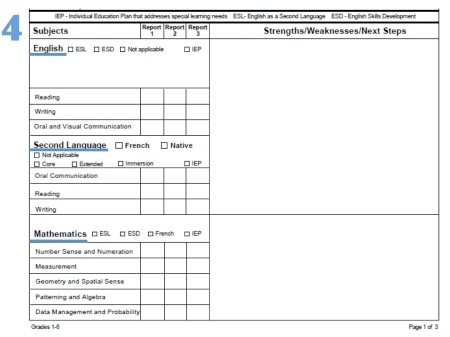 4. English, Second Language and Mathematics…
4. English, Second Language and Mathematics…
A half page (of two pages total) is dedicated to English, the second language (French or the native language) and mathematics. This illustrates the importance of the three fundamental subjects. Each subject is broken down into a few components (for instance, English is composed of reading, writing and oral and visual communication). Notice that half the grading space is dedicated comments from teachers. This shows some flexibility in a relatively rigid reporting system.
.
Besides, class and subject grades, students receive grades on skills they should be learning throughout the curriculum: independent work, initiative, homework completion, use of information, cooperation with others, conflict resolution, class participation, problem solving and goal setting to improve work. This list reflects provincial values as well!
,
We haven’t seen this before! The Ontario report card has a whole page dedicated to responses from parents and students (I condensed the page for ease of viewing). Parents and students can write about student achievement, goals and support. This page can be an excellent venue to communicate with the teachers.
.
See Report Card from: Mexico City, Mexico; Zomba, Malawi; Sydney, Australia, week 1; Sydney, Australia, week 2; Dalhousie, India; Kathmandu, Nepal; Soro, Denmark



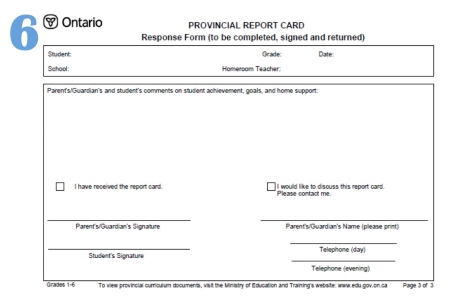



 Posted by findingschools
Posted by findingschools 

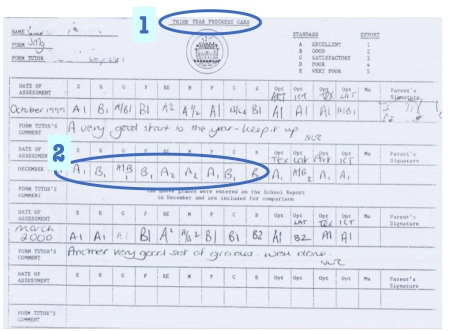
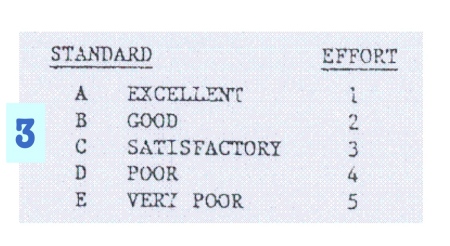


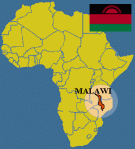 Report Card Basics
Report Card Basics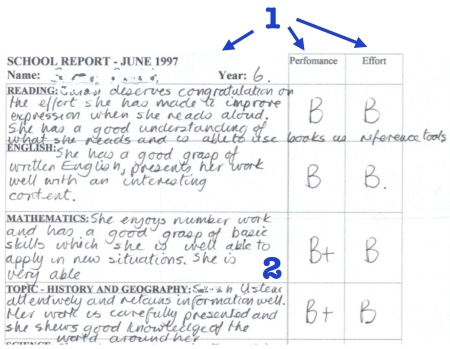
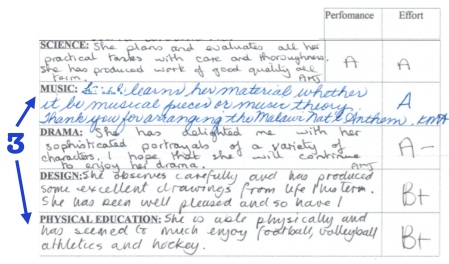 3. It’s a Matter of Effort!
3. It’s a Matter of Effort! 4. On a Personal Note…
4. On a Personal Note…